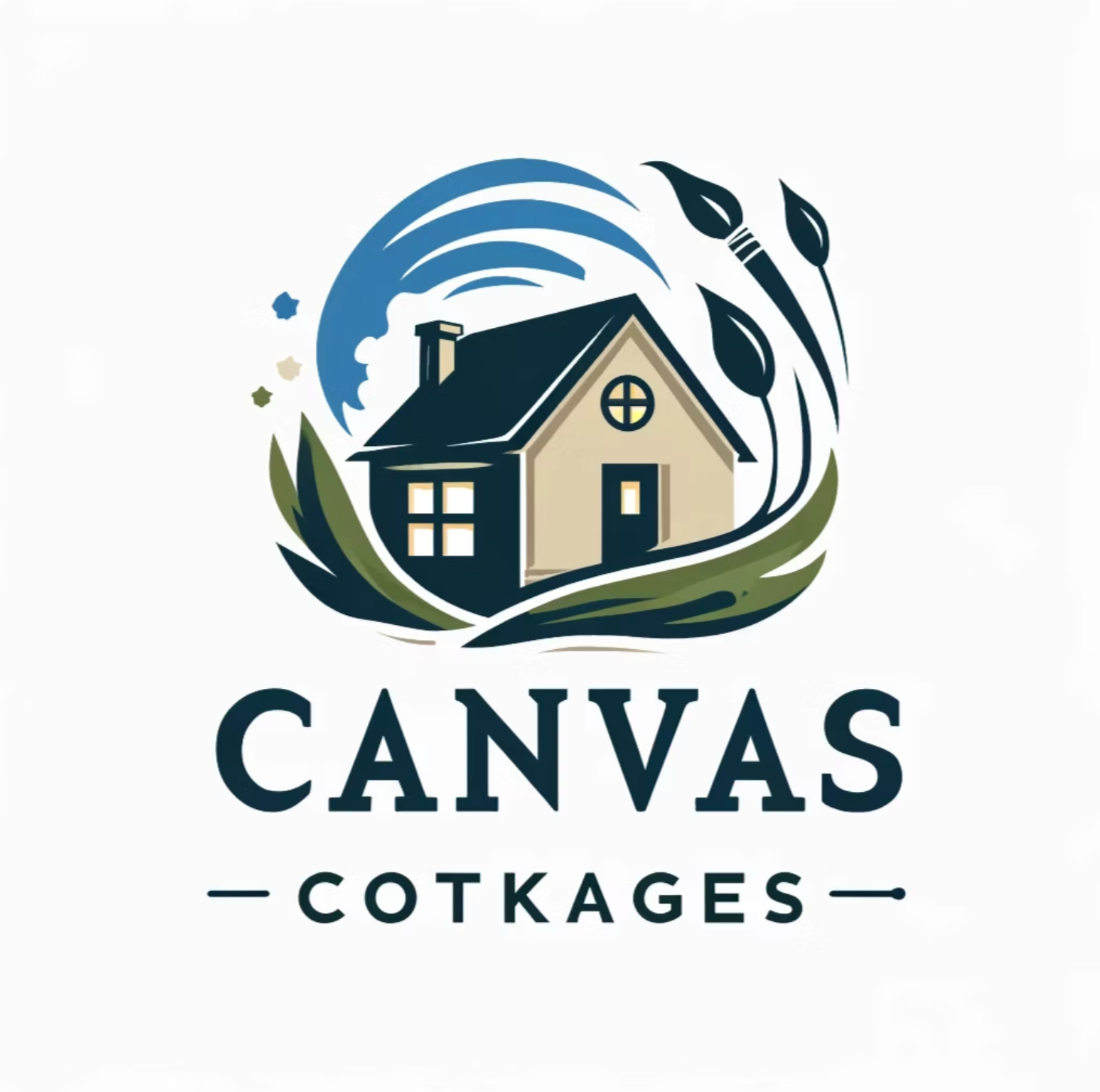Searching What Could Be, Rather than What Is (Transmission #287)

The vast majority of future homeowners don’t have the ability to picture homes differently than their current condition. This is interesting because many buyers plan to renovate the kitchen/bathrooms, finish the basement, or add bedrooms.
Imagine a world where buyers could search homes based on what they could be, rather than what they are today. Viewing homes that have been “virtually renovated” in their specific design styles, colors, and architectural preferences.
The tool could provide a 15-year cost comparison of a 1920’s fixer-upper versus a 1980’s home in need of a cosmetic overhaul by blending the best of all worlds (curated property search, virtual staging, renovation estimates, and 3D predictive modeling).
I believe that virtual remodeling and staging in the “fixer upper” category represents an untapped opportunity for someone that’s forward thinking and has deep technology/design expertise.
For example, let’s go through a real hypothetical example using a current listing in Seattle priced at $725,000.

Generative AI can build on top of the house’s current floorplan to transform this property into a $985,000 listing, complete with post renovation photos and cost estimates.

If the buyer’s profile indicates a sustainably-designed house with two more bedrooms than a listing offers, the generative AI can factor those details into renovation estimates.

Buyers would be provided with the details for the before and after of their purchase—and obviously at some stage in the journey a contractor and architect would verify the renovation estimates to ensure buyers could obtain the home of their dreams for the stated price.

In today’s landscape, this exercise is already done on individual properties, with one-off and custom estimates available. What does NOT exist is the ability to apply buyer preferences to every home on the MLS, with the home’s possibilities integrated into faceted search parameters.
Instead of transacting followed by a separate construction/personal loan or HELOC, buyers could finance the entire purchase and renovation all at one closing. Simpler, less fees and much faster than the current options.
The core business model would create lead generation for architects, contractors, and builders. This could encourage partnership opportunities for brokerages, as well as the opportunity to take points off the combined purchase/construction loan.
It’s essentially an iteration of pre-sale renovation Revive, but on the buy side.
The bear argument is the operational complexity compounded by a need for deep computing power and speed. Changing consumer search behavior is challenging, at best (Zillow, Realtor.com, or Homes.com could buy/build it). All are fair criticisms. I’m not here to sell the concept as a business. I’m here to sell it as a consumer product that could be a win in an industry badly in need of one.
If I were to build another tech company right now (I’m not)—and given I’m a consumer product guy at my core—this is what I’d build. I fundamentally believe generative AI will be used to transform the consumer real estate experience, and this seems the most likely differentiated approach that might find legs with a broad swath of buyers.
Buying a home has always had a large emotional component to it. The math has to work, but you often “fall in love” with the home. This post-renovation search experience would encourage an emotional experience. “What could be” will always be more appealing than “what is.”
Like the idea? Have at it…

STARTUP CREATION USING AI EXERCISE
This is an idea I’ve been noodling on for more than five years, and decided to present the concept at the GEM Proptech Getaway. Beyond going through the product concept and business differentiation, the core goal of the presentation was to demonstrate how a startup idea can come to life quickly using generative AI tools. Ten years ago, this exercise would take weeks and costs thousands of dollars. Today, it can be done in minutes for less than $50 in SaaS fees.
Tools Leveraged

ChatGPT 4 & DALL-E: Used to create a company name and logo.
Prompt used: I am trying to name my new startup. The concept is a real estate search portal for homes for sale. It allows home buyers to search for properties for what they could be post-renovation, not what they are today. Can you generate me a list of potential names for it?
Galileo: Used to create full interface designs for web based on a prompt or wireframe. Those designs were then ported directly to Figma for further editing.
Prompt: Create a home page for a real estate search portal for homes for sale. It allows home buyers to search for properties for what they could be post-renovation, not what they are today. Include primary value proposition and user inputs for desired home attributes, styles, and budget.
Balsamiq: A desktop wireframing tool (yes, not exactly AI…) used to create outlines for the core pages of the product.
FoxyAI: Used to create the post renovation photos using the original listing photo and prompts.
[Thanks to Dave Conroy and Jeff Kennedy for feedback on this article. Special thanks to Jane Hood for helping with the post renovation images.]
